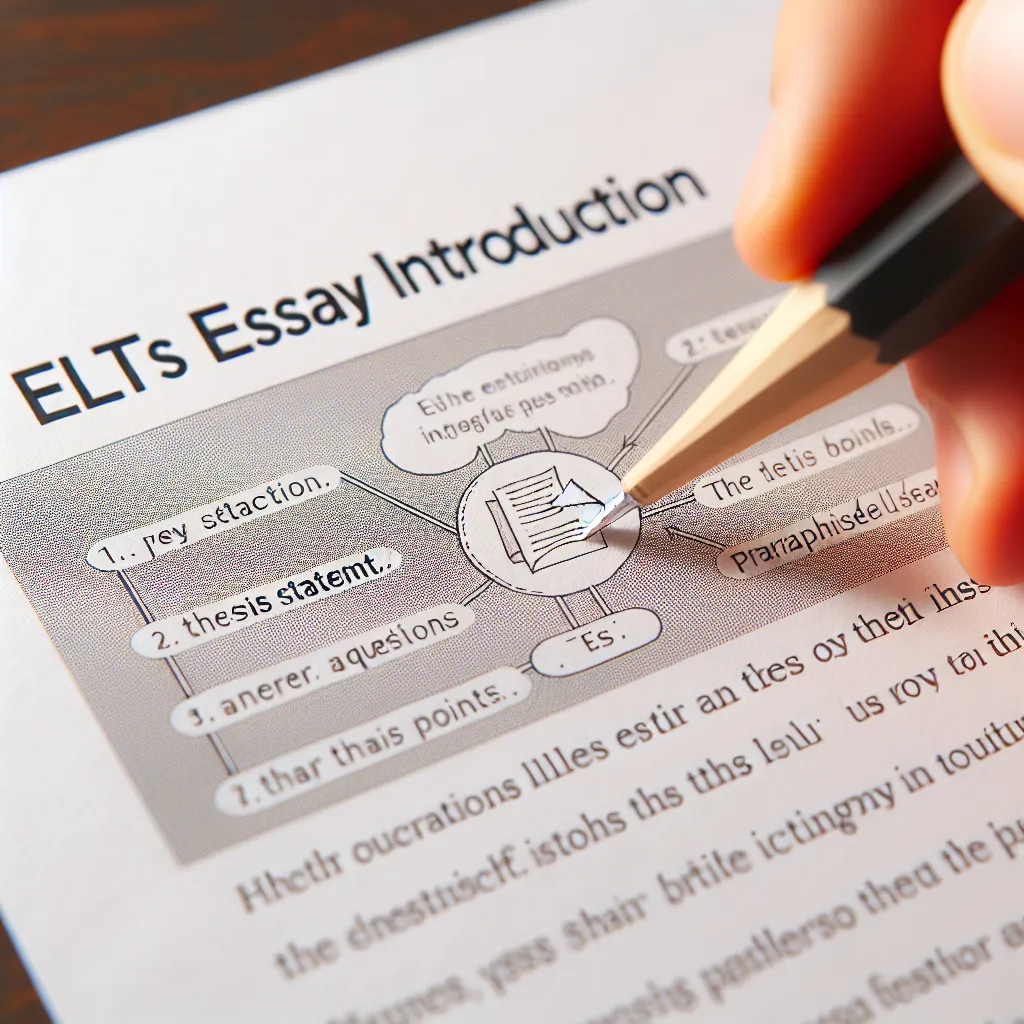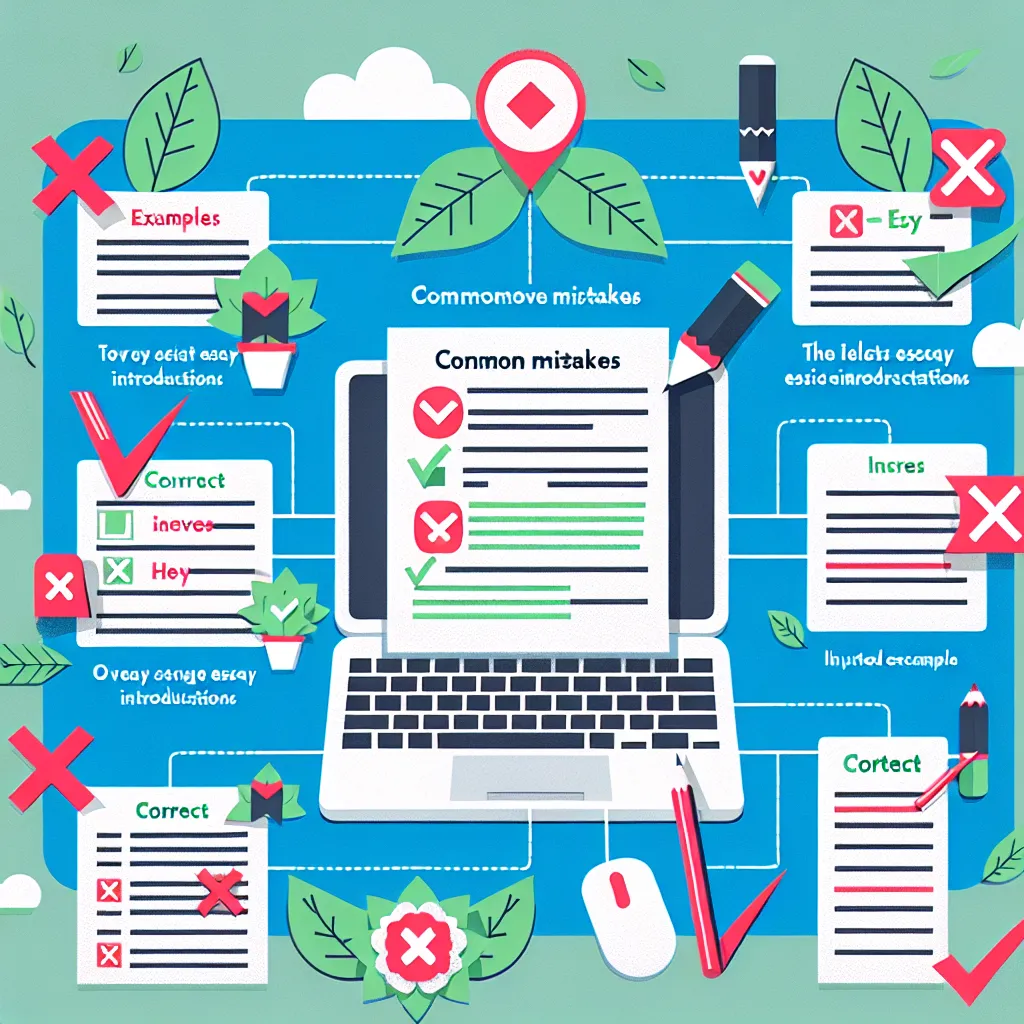Writing a strong introduction for your IELTS essay is crucial as it sets the tone for the entire piece and can significantly impact your overall score. This comprehensive guide will help you master the art of crafting an effective IELTS essay introduction, ensuring you start your essay on the right foot.
Understanding the Importance of a Good IELTS Essay Introduction
A well-written introduction is essential for several reasons:
- It gives the examiner a positive first impression
- It clearly presents your understanding of the topic
- It outlines the structure of your essay
- It engages the reader and encourages them to continue reading
 IELTS Essay Introduction
IELTS Essay Introduction
Key Elements of a Strong IELTS Essay Introduction
1. Paraphrasing the Question
One of the first things you should do in your introduction is to paraphrase the essay question. This demonstrates your understanding of the topic and your ability to rephrase complex ideas.
Example:
Original question: “Some people believe that unpaid community service should be a compulsory part of high school programmes. To what extent do you agree or disagree?”
Paraphrased version: “There is a growing debate about whether high school students should be required to participate in mandatory volunteer work as part of their curriculum.”
2. Providing Background Information
After paraphrasing the question, it’s helpful to provide some brief context or background information related to the topic. This shows the examiner that you have a broader understanding of the issue.
Example:
“In recent years, many educational institutions have been exploring ways to instill a sense of social responsibility in students, with community service being one of the proposed methods.”
3. Stating Your Position (Thesis Statement)
Your introduction should clearly state your position on the topic. This is typically done through a thesis statement, which outlines your main argument or perspective.
Example:
“While I acknowledge the potential benefits of community service, I believe that making it mandatory for all high school students may not be the most effective approach.”
4. Outlining the Structure of Your Essay
Briefly mention the main points you will discuss in your essay. This gives the reader a roadmap of what to expect in the following paragraphs.
Example:
“This essay will explore the advantages and disadvantages of compulsory community service and suggest alternative ways to promote social responsibility among students.”
Tips for Writing an Effective IELTS Essay Introduction
1. Keep it Concise
Your introduction should be about 2-3 sentences long. Avoid lengthy explanations or too much detail, as you’ll expand on your ideas in the body paragraphs.
2. Use Appropriate Vocabulary
Incorporate relevant vocabulary and academic language to demonstrate your linguistic range. However, ensure that you use words correctly and avoid unnecessarily complex language.
3. Avoid Formulaic Phrases
While it’s important to have a clear structure, try to avoid overused phrases like “In this essay, I will discuss…” Instead, aim for a more natural and engaging writing style.
4. Practice Paraphrasing
Develop your paraphrasing skills to effectively restate the question without copying it word-for-word. This is a valuable skill for the entire IELTS test, not just the essay introduction.
5. Ensure Coherence with the Rest of Your Essay
Make sure your introduction aligns with the content of your body paragraphs and conclusion. The main points mentioned in your introduction should be fully developed in the rest of your essay.
Common Mistakes to Avoid in IELTS Essay Introductions
- Copying the question verbatim
- Including irrelevant information or examples
- Writing overly long or complex sentences
- Failing to clearly state your position on the topic
- Using informal language or contractions
 IELTS Essay Mistakes
IELTS Essay Mistakes
Practicing Your IELTS Essay Introduction Skills
To improve your ability to write strong introductions, try the following exercises:
- Timed practice: Give yourself 5 minutes to write an introduction for various IELTS essay questions.
- Peer review: Exchange introductions with a study partner and provide feedback to each other.
- Analysis: Read sample high-scoring IELTS essays and analyze their introductions.
- Vocabulary building: Create a list of useful phrases and transitions for introductions.
Conclusion
Mastering the art of writing a good IELTS essay introduction takes time and practice. By incorporating the key elements discussed in this guide and avoiding common pitfalls, you’ll be well on your way to crafting compelling introductions that set the stage for high-scoring essays. Remember to keep your introductions concise, relevant, and engaging, and always ensure they align with the rest of your essay content.
[internal_links]
- IELTS Writing Task 2: Tips and Strategies
- How to Improve Your IELTS Writing Score
- Common IELTS Essay Topics and How to Approach Them
- IELTS Vocabulary: Essential Words and Phrases for Essay Writing
[/internal_links]




